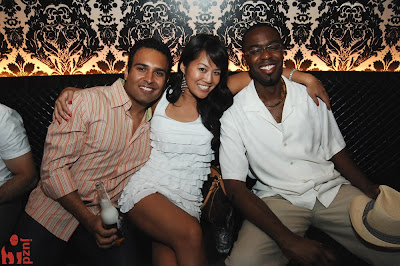

The electronic drum machines and other gear used by house DJs and producers were formerly considered "too cheap-sounding" by "proper" musicians. House music could be produced on "cheap and consumer-friendly electronic equipment" and used sound gear, which made it easier for independent labels and DJs to create tracks. One classic subgenre, acid house, is defined through the squelchy sounds created by the Roland TB-303 bass synthesizer. Sometimes, the drum sounds are "saturated" by boosting the gain to create a more aggressive edge. The TR-909 drum machine (top) and TB-303 synthesizer, instruments often used in house music House music has remained popular on radio and in clubs while retaining a foothold on the underground scenes across the globe. Many house DJ's also did and continue to do remixes for pop artists. or " Push the Feeling On" by the Nightcrawlers. It was incorporated by major international pop artists including Janet Jackson (" Together Again"), Kylie Minogue and Madonna (" Vogue"), but also produced some mainstream hits on its own, such as " French Kiss" by Lil Louis, " Show Me Love" by Robin S. House has had a large impact on the pop music scene, especially dance music. From its beginnings in the Chicago club and local radio scene, house music expanded internationally to London, then to other American cities such as New York City and Detroit and became a worldwide phenomenon. The genre was pioneered by DJs and producers in Chicago such as Frankie Knuckles, Ron Hardy, Jesse Saunders, Chip E., Steve "Silk" Hurley, Farley "Jackmaster" Funk, Marshall Jefferson, Phuture and others. It was created by DJs and music producers from Chicago's underground club culture in the 1980s, as DJs from the subculture began altering disco songs to give them a more mechanical beat and deeper basslines. House is a genre of electronic dance music characterized by a repetitive four-on-the-floor beat and a typical tempo of 115 to 130 beats per minute.


 0 kommentar(er)
0 kommentar(er)
